Australian professor Eddie Holmes privately discussed signs Covid-19 could have been engineered
Virologist Eddie Holmes, one of the authors of a paper designed to stifle lab leak suggestions, privately discussed the theory before publicly dismissing it.
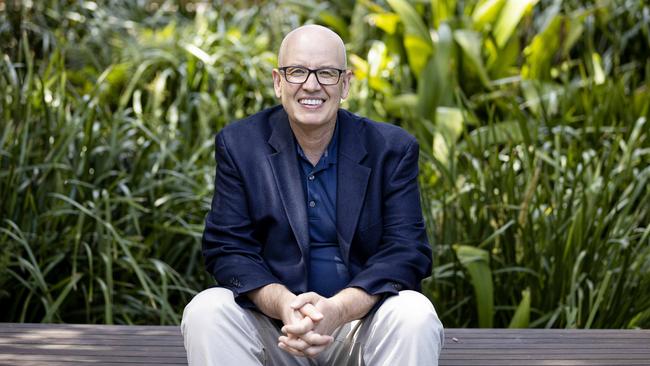
A leading Australian virologist privately discussed signs Covid-19 may have been genetically engineered, writing “the furin cleavage site is an issue” and “it’s the epidemiology that I find most worrying” before publicly insisting a laboratory leak was a conspiracy theory.
Some scientists say the presence of a furin cleavage site in SARS- CoV2 - which is unusual in that location in similar viruses - indicates it could have been developed in a laboratory.
Evolutionary biologist Eddie Holmes, who was awarded the Prime Minister’s Prize for Science – worth $250,000 – and the NSW Premier’s Prize for Science and Engineering for publishing the genomic sequence of Covid-19, has come under international scrutiny for his role in co-authoring a journal paper that claimed scientific analysis showed the virus was natural.
Emails subpoenaed by the US congress show Professor Holmes and his colleagues privately acknowledged a laboratory leak was plausible – some even felt it was likely – and there were no scientific data to distinguish a natural or laboratory-engineered virus.
Despite this, they authored a paper, titled the Proximal Origins of SARS-CoV-2, that was designed to stifle suggestions of a laboratory leak.
British medical researcher Jeremy Farrar, who was in regular contact with America’s top medical adviser, Anthony Fauci, and head of the US National Institutes of Health, Francis Collins, pushed them to speed up its release.
Professor Holmes acknowledged this in an email on February 16, 2020 where he apologised to lead author, Scripps Institute scientist Kristian Andersen, for finishing the paper without him.
“Sorry the last bit had to be done without you … pressure from on high,” he wrote.
In a comment on messaging platform Slack, dated April 17, 2020, Professor Holmes wrote: “Let’s face it, unless there is a whistleblower from the WIV (Wuhan Institute of Virology) who is doing (sic) to defect and live in the west under a new identity, we are NEVER going to know (what) happened in that lab. Never.”
The comment followed renewed concerns from Professor Andersen that he was not “fully convinced that no culture was involved”.
They discussed whether or not gain-of-function research, which aims to make viruses more infectious and deadlier, often to humans, was being conducted at the Wuhan Institute of Virology.
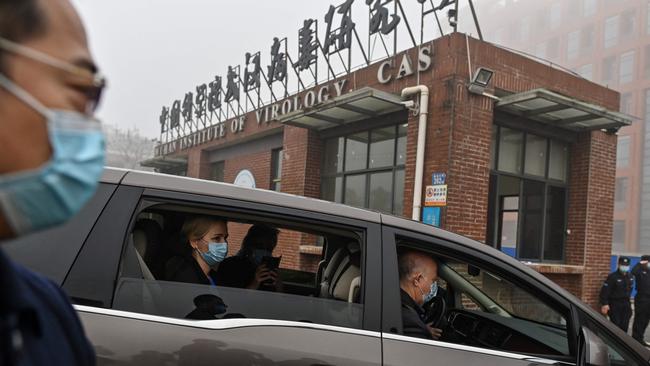
In Professor Holmes’ response, he said: “I think the simplest explanation is very likely the correct one: that the virus originated in bats, jumped to an as yet unknown intermediate host and then jumped to humans in that market shortly before we detected it.”
He added he was “very concerned” that other scientists “are going to try use this to end GOF (gain-of-function) research when I think this is going to be the time when we need it the most”.
In a private email, Professor Holmes wrote to colleague Ian Lipkin, an epidemiology professor and director of Columbia University’s Centre of Infection and Immunity, on February 10, 2020: “I favour natural evolution myself, but the furin cleavage site is an issue.”
Professor Lipkin emailed Professor Holmes to say the Proximal Origins draft paper is “well reasoned and provides a plausible argument against genetic engineering”.
But Professor Lipkin added: “It does not eliminate the possibility of inadvertent release following adaptation through selection in culture at the institute in Wuhan. Given the scale of the bat CoV research pursued there and the site of emergence of the first human cases we have a nightmare of circumstantial evidence to assess.”
In this email chain with Professor Lipkin, Professor Holmes replied: “I agree … It is indeed striking that this virus is so closely related to SARS yet is behaving so differently. Seems to have been pre-adapted for human spread since the get go. It’s the epidemiology that I find most worrying.”
The genomic sequence of SARS-CoV-2 shows there is a furin cleavage site at a very particular location in its spike protein that greatly expands the ability of the virus to jump between species and could make it more transmissible.
Richard Ebright, from Rutgers University in New Jersey, explains in the book What Really Happened in Wuhan that “the furin cleavage site is located at a position that previously has been used to engineer coronaviruses having enhanced infectivity”.
Professor Lipkin, listed as a co-author on the Proximal Origins paper, has since withdrawn support for it after discovering dangerous coronavirus research was taking place in BSL-2 laboratories at the Wuhan Institute of Virology.
There are now calls from leading international scientists for prestigious journal Nature Medicine to retract the paper.
Nature Medicine has so far rejected these calls on the grounds that the Proximal Origins paper was, in effect, a comment piece.
Lead author Professor Andersen clearly stated the scientists could not rule out a laboratory release in correspondence with the Nature scientific journal.
“Unfortunately none of this helps refute a lab origin and the possibility must be considered as a serious scientific theory (which is what we do) and not dismissed out of hand as another ‘conspiracy’ theory,” he wrote in an email he sent to Nature editor Clare Thomas on February 20.
“We all really, really wish that we could do that (that’s how this got started), but unfortunately it’s just not possible given the data.”
But publicly, Professor Holmes’ comments did not reflect the uncertainty among the scientists about a laboratory origin. Instead he described it as a conspiracy. “There’s nothing in there at all that is a signature of laboratory manipulation. So I think you can pretty safely put … those conspiracy theories to bed,” he said in a webcast for the Australian Academy of Science on March 31, 2020.
And in an interview with The Sydney Morning Herald in October 2020, Professor Holmes is quoted as saying: “Our conclusion was no, we couldn’t see anything to indicate this could be anything other than a natural event.”
In response to questions from The Australian, he said accusations of a cover-up by the scientific community are “wrong, misleading and suggest a lack of understanding of scientific concepts, process and rigour”.
“It is both incorrect and deceptive to use selective quotes out of context – for example, in selective comments based on private correspondence recently published by The Australian I was categorically not questioning a market origin but the place where selection for the furin cleavage site occurred. This is clear when the context is provided,” he said.
“Mounting scientific evidence continues to make it clear that a lab leak is an unsubstantiated allegation and was classed as ‘extremely unlikely’ by the World Health Organisation origins investigation. I stand by the conclusions made in the Proximal Origins paper. Calls to retract the paper are baseless and entirely unwarranted.”
The University of Sydney has rejected multiple freedom of information requests for Professor Holmes’ correspondence.
It justified the decision to The Australian by saying Professor Holmes has been subject to continuing extreme vilification and harassment, including death threats. “As a result, the university has not released Professor Holmes’ correspondence to applicants who have sought access under New South Wales freedom of information legislation,” a spokesman said.
Asked about the contradiction between Professor Holmes’ public and private comments, the university spokesman said “these are selective quotes taken from private correspondence between collaborating scientists during a moment in time showing scientists assessing new information and evidence as it emerged”.
“Ultimately, Professor Holmes and his colleagues concluded there was no evidence the virus originated in a laboratory, something Professor Holmes maintains to this day.”

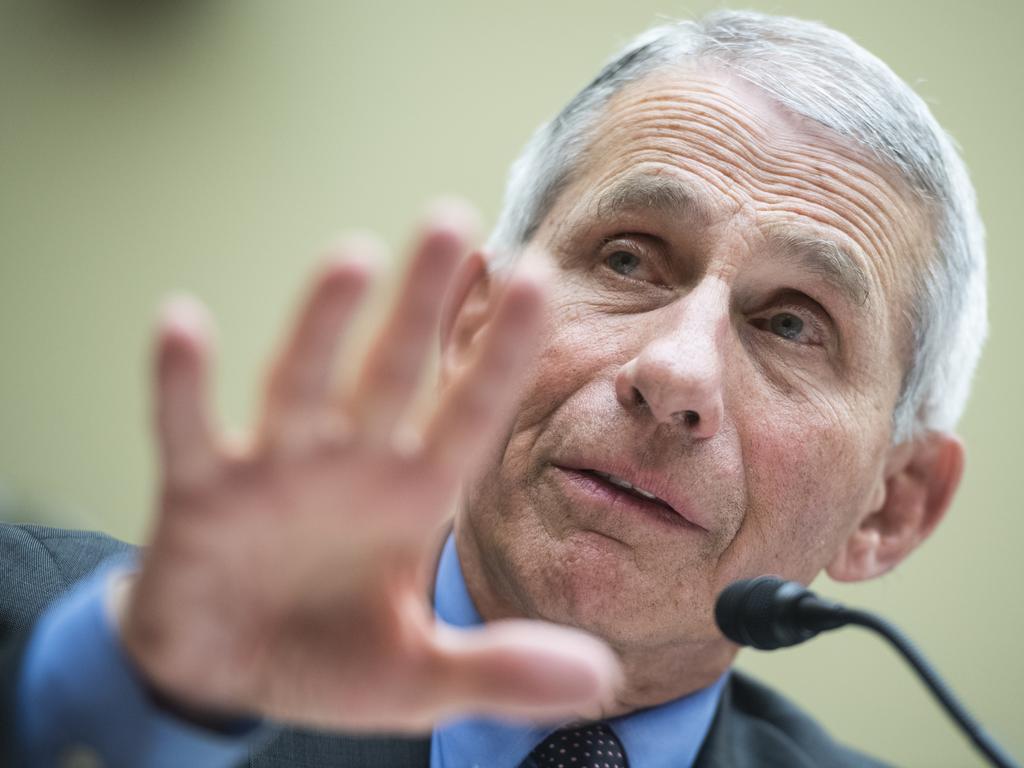


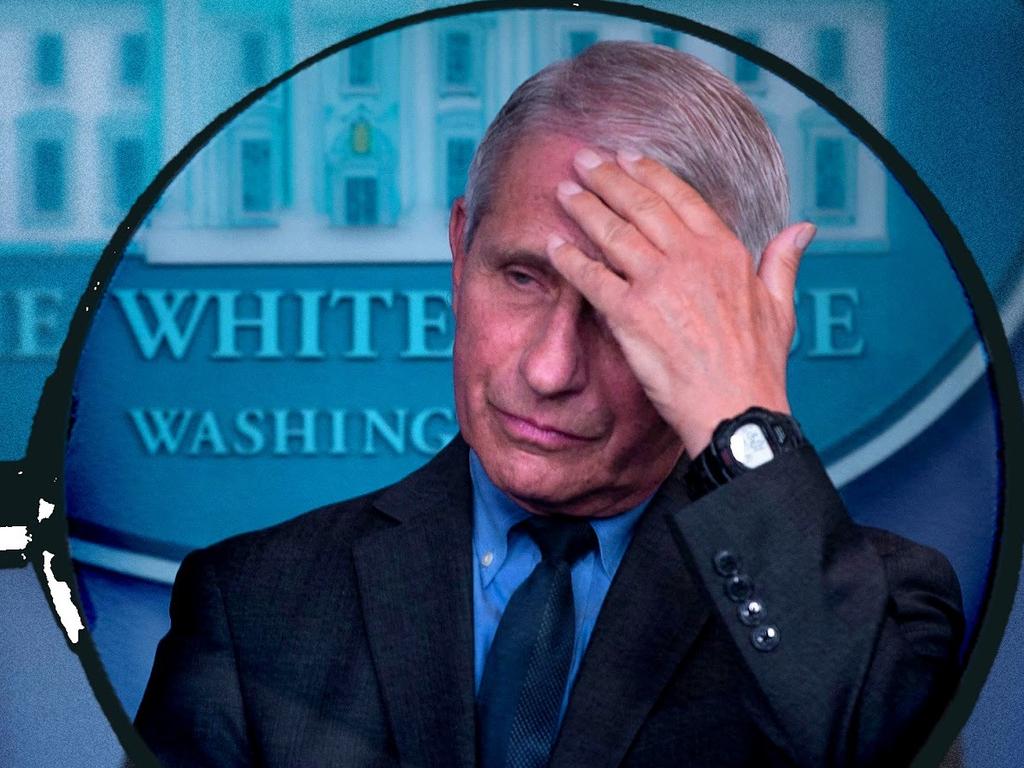
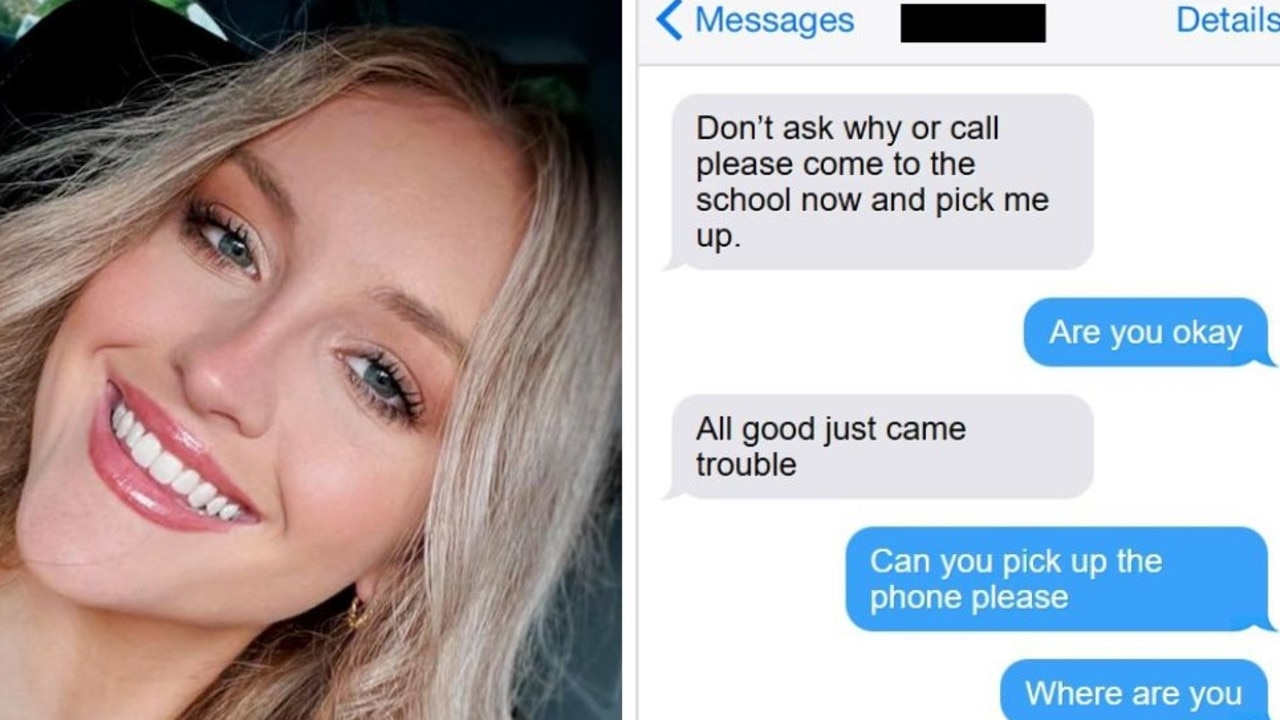
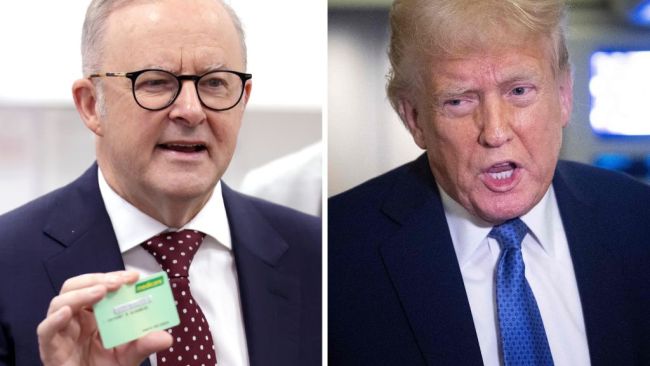
To join the conversation, please log in. Don't have an account? Register
Join the conversation, you are commenting as Logout